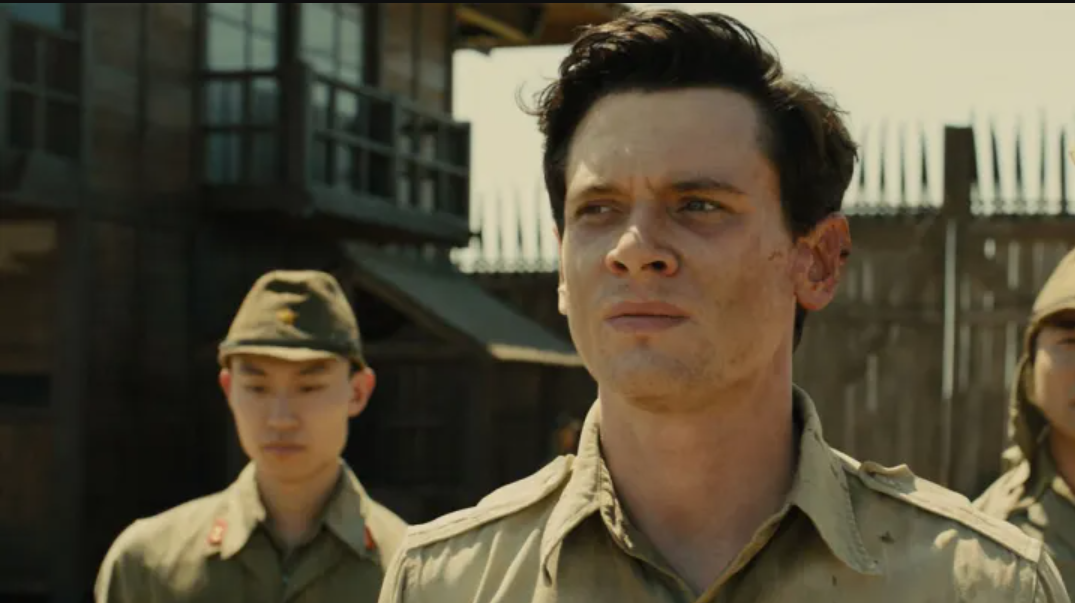How ‘The Woman in The House…’Teaches Us the Ways People Process Trauma

via Imago
[data:image/gif;base64,R0lGODlhAQABAAAAACH5BAEKAAEALAAAAAABAAEAAAICTAEAOw==]https://www.staging.netflixjunkie.com/wp-content/uploads/2022/02/AAAAQSHzI2wE1DF8IX5NwnAWgPIqhzw2-Z8EAJT_VNIUOu6-g8QZYaqhFcZOYwPqJ64rW0gRtqMRHIKmnPQVxo3jJkir1b32t1jaX0HfwBBhWHrav_XGjI7WbXSnYXlodetJm08aPXD9ZjrOhRqqgI88dk6V.jpg
There is no such thing as a simple life, as every one of us has to face traumas, difficulties, and heartbreaks in one way or another. As pointed out by Plato, art is nothing but a copy of real life. Hence, it makes sense that the characters we create in cinema, books, and stories also have traumas. The same is the case with the protagonist of Netflix’s recently successful show, The Woman in the House Across the Street from the Girl in the Window.
For Anna (played by Kristen Bell), trauma is something that haunts her in her everyday life. She has, however, created some coping mechanisms that help her get through. Be it carafe-size glasses of red wine, a fantastic novel, chicken casseroles, and some fond fantasies with her new neighbor Neil (Tom Riley).
Anna and her situation in the movie
ADVERTISEMENT
Article continues below this ad
After the tragic death of her daughter, Anna created this safety bubble around herself. She is at a point where even the slightest things can make or break her entire day. She practically cannot focus on her career and barely keeps a working relationship with her neighbor. Anna is living a rather banal life until her safety bubble is burst. This happens when she witnesses a gruesome murder.

Even though the show is primarily a satire, created to poke fun at the thriller genre, looking at Anna and her struggle gives us a sense of realism. We have this feeling because, as humans, we all have a craving for escapism. We do not really care how we get it, but we sure love to get away from reality.
Susan Zinn, a specialist in healing trauma, told Tudum that psychological wounds never really soften. “Our bodies don’t know the difference between a catastrophic event or something small that’s happening,” she explains. “[Trauma] affects our senses… There’s an event that happens; then there becomes an encoding in our nervous system as if it was an [present] occurrence.” Meaning, the death of her daughter is something that will always be an event in the recent past for Anna.
Susan Zinn breaks down The Woman in The House
According to Zinn, “It’s no longer something that happened in the past.” We see several instances in The Woman in the House when Anna tried to take a step forward. However, she never manages to succeed, as these normal activities are nothing but a trigger for her. And every single time this happens, it sucks Anna right back into her world of wine, books, and pills.
“When we have triggers from our senses, all of a sudden that feeling and emotion that we had from that event becomes present again as if we’re living it again,” Zinn explains. “The problem with that is that we get into these loops, and our brain hasn’t figured out a way to move forward in that process… The trick and the goal with trauma is to work on those depleting feelings and emotions that are causing you to feel that dysregulation and uncomfortableness versus actually focusing on the situation that happened.”
How Anna’s situation makes people lose faith in her
We see Anna getting involved more and more with the new neighbor and his daughter. So much so that she even tried to find dirt on Neil’s girlfriend. It is then when she witnesses a murder, and when she tries to help with the investigation and calls the police, no one believes it to be a murder. It is Anna’s behavior that makes everyone not believe in her.
ADVERTISEMENT
Article continues below this ad
Obsessive escapism corrodes your mental health, Zinn explains. “It can create all kinds of other problems, physical and mental… Is [Anna] hallucinating? We don’t really know, as the viewer, what’s true and what’s a fantasy in her mind.” Sure, the show is mostly about Anna and her fixation. But to an extent, it also tells us how we as a society treat people who are processing trauma. We see people getting frustrated with Anna.
“We are social creatures,” Zinn says. “If someone is really stuck or they’re really in pain, and we don’t want to feel that way, then people can avoid it. It’s like when we ask someone, ‘How are you doing?’ And everyone says, ‘Fine, fine, good. How are you?’ But we’re not really connecting with another human to sit with them and be present in their feelings. We avoid them. We don’t want to sit with them because they feel too much or it’s overwhelming.”
ADVERTISEMENT
Article continues below this ad
The audience sees Anna is stuck in a loop, while everyone else has moved on with their lives. And there is a specific reason for that, “We’re all wired differently,” Zinn explains. “Every single nervous system is completely different. And every single person [has] completely different feelings based on our history. That all affects the way we can cope. When it comes to grief and loss, everyone’s process is going to be different.”
What do think of this little nugget included in The Woman in The House Across the Street From the Girl in the Window? Comment down below.
ADVERTISEMENT
More from Netflix Junkie on Netflix News
ADVERTISEMENT










